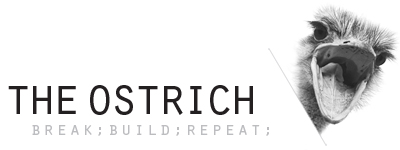One of things I love about WordPress it that it’s an open content platform. Being open, the platform understands that the user owns the content within. Truly owning your content means you should be able to take it out of the platform, and do whatever you want with it. WordPress makes it easy!
This post is a how-to guide on migrating a WordPress site. It covers:
- Exporting all your content from a hosted WordPress.com site.
- Importing the content to a self hosted WordPress site.
The export part applies also to self-hosted WordPress sites. I write specifically about a WordPress.com-hosted site because this is what I use for the example.






